Hello, and a hearty welcome to the Pullup & Dip Blog. Today, we are going to take a look at suitable nutrition for your Calisthenics Workout. We will focus on the following questions:
- What are macros and calories?
- How do I create a calorie balance?
- How can I gain or lose weight?
- How much protein does my body need to build muscle?
- And much more.
Basically, there are many different forms of nutrition, and in one way or another, each is justified. But, today we are going to introduce you to IIFYM – which stands for "if it fits your macro"! The most important factor regarding any form of nutrition is the following: you must be able to integrate it into your everyday life without a huge amount of effort. After all, the best and most efficient form of nutrition is not any good to you if you cannot implement it?
Macros and Calories

Calories are nothing more than a unit of measurement for body energy. That means: calories provide our bodies with energy, therefore, they are a unit of measurement that indicates how much energy our bodies get from the food we eat. At the same time, calories are also used to indicate how much energy the body uses, e.g. during a workout, when sleeping or when taking a walk.
The body has to obtain calories in order to access the energy, and this is done by three different kinds of foods. These foods are referred to as macronutrients (macros for short). The macros are carbohydrates, fats and proteins, and together, they provide the total number of calories we eat. Therefore calories and macros cannot be regarded separately, because are part and parcel of each other!
Each macronutrient provides the body with a different calorie content. This calorie content is given per gram of the respective macro, because this makes it easier to calculate:
- 1 gram of carbohydrate provides the body with 4 calories
- 1 gram of fat provides the body with 9 calories
- 1 gram protein provides the body with 4 calories
As you can see, fats are the most calorie-rich macronutrients, since you can eat 2.25 grams of protein or carbohydrate, and just 1 gram of fat, to get the same number of calories. To illustrate this, we will give you a little example, using 100 grams of Basmati rice:
The 100 grams of rice contains three macronutrients:
0.6 grams of fat x 9 = 5.4 Kcal
+ 78 grams carbohydrate x 4 = 312 Kcal
+ 7.4 grams of protein x 4 = 29.6 Kcal
____________________________
= 347 Kca
Thus, 100 grams of Basmati rice provides 347 Kcal. All foods can be calculated according to this method. If you understand the principle and pay some attention to it in the future, you will quickly gain an understanding for food and the calories it contains, which is extremely important.
Tip: With various apps such as "MyFitnessPal", you can easily track your calories and have a great overview of the macronutrients you have consumed.
Calorie Balance

Each person burns a different amount of calories. This depends on various factors, such as the activity level, the body measurements, the metabolism, etc. Therefore, these factors determine your daily calorie consumption. So, if you do a lot of calisthenics one day, you will automatically have a higher calorie consumption (or burn more calories) than on days when you don't exercise. Therefore, it makes sense not to look at the daily calorie consumption, but rather to compile a weekly balance. There are enough calorie calculators on the internet that you can use to calculate your own personal calorie consumption.
However, they only provide a guideline, because the calculators are not very accurate. (Recommendation: Calculate your calorie consumption with five different calculators and work out the average, as this will give you a more accurate idea of your calorie consumption). Alternatively wear a fitness tracker. Most of them calculate your daily calorie consumption.
Assuming you have a daily calorie basal metabolic rate of 2,000 Kcal and do sports three times a week, and you burn an additional 500 Kcal, the calculation for your weekly calorie balance would look like this:
4 days x 2,000 Kcal = 8,000 Kcal
+ 3 days x 2,500 Kcal = 7,500 Kcal
_______________________________
= 7 days = 15,500 Kcal
Therefore, in one week, you have burnt 15,500 Kcal. You can calculate the average daily calories burnt from this, by dividing the total calories burnt during the week by seven.
Average daily calorie consumption = 15,500 Kcal = 2,214 Kcal/day
This means that if you ate 2,214 Kcal every day, you would neither gain weight nor lose any, because you would be eating exactly as much as you are burning. You can adjust your calorie intake individually. You can either eat 2.214 Kcal regularly every day or eat more than 2.214 Kcal three days a week, and less on the other four days.
For example, if you are invited to dinner one day, and therefore eat more than 2,214 calories, it is not a problem, because you can compensate by eating 100 - 200 Kcal less on each of the other days. As long as your calorie intake for the week adds up to 15,500 Kcal, you will maintain your weight.
Gaining or losing weight on calisthenics nutrition

On this basis, it is quite easy to understand how you can lose or gain weight. To gain weight, you need to eat excess calories. This means that you eat more calories than you burn daily. Suppose you burn 2,000 Kcal a day and eat 2,500 Kcal, then you will have a 500 Kcal calorie excess. This is ultimately excess energy that your body has at its disposal. There are many factors affecting how this energy is stored. Simply explained, this energy is stored in the body in the form of muscle mass and fat mass. This means that if you work out, a lot of the excess energy will be converted into muscle mass and the rest into fat mass. It is not possible to build up pure muscle. If you eat an excess of calories, you will automatically gain fat, and there is no way to avoid it.
If you want to lose weight, you have to go into a so-called calorie deficit. This means that you must eat fewer calories than you burn every day. Back to our example with a daily calorie consumption of 2,000 Kcal. Assuming you now eat only 1,500 Kcal a day, you will be in a calorie deficit of 500 Kcal. However, your body needs 2,000 Kcal to function, so it first uses your fat reserves to generate the energy it needs. It will even start to burn your muscle mass, in order to obtain the energy it needs. That's why it's pretty easy to break down dietary fat. However, you will always lose some muscle mass on a diet. You can influence this a little by increasing your protein intake and continuing to work out. In the long run, you won't achieve any significant workout progress if you are in a calorie deficit, because the food you are eating will not supply your body with the energy it needs.
To find out how many calories your daily food intake contains, I recommend you track your food consumption for one month. This is essential, in order to get a feeling for the food you eat and the calories you burn.
MACRO DISTRIBUTION

Basically, there are different approaches to the distribution of macros. I will thus go into the basic principle of macro distribution and introduce you to a few options.
The very first thing you should do is to determine your calorie consumption and define your goals. Do you want to gain weight or lose weight?
Assuming you want to gain weight and build muscle, and your calorie consumption is 2,500 Kcal (body weight 75 kg), you will need to eat excess calories – about 2,750 Kcal - 3,000 Kcal per day. Your protein intake is crucial is you want to increase muscle mass. Therefore you need to consume 1.5 - 3 g protein per kg of bodyweight daily.
75 kg x 2g protein = 150 g protein
150 g protein x 4 Kcal = 600 Kcal
Thus, we have already planned in the first 600 Kcal. The next step is to plan in the fats. The fats are very important, because they regulate your hormone balance. For this reason, it is not advisable to consume very little fat or to exclude fat from your diet altogether. In this example, we will work on 1 g – 1.5 g fat per kg of bodyweight.
75 kg x 1g fat = 75 g fat
75 g fat x 9 Kcal = 675 Kcal
After the fats, only the carbohydrates remain to bring you up to your total calories. This can be determined with a simple calculation:
Total calories: 2,750 Kcal
- Protein 600 Kcal
- Fats 675 Kcal
= Carbohydrates 1,475 Kcal
1.475 Kcal / 4 Kcal = 369 g carbohydrates
With the carbohydrates, it adds up to exactly the 2,750 Kcal you need.
Low Carb, No Carb or Low Fat are based on this principle. You "turn" down the macro you want to do without. You have to decide for yourself which is the best way for you.
If you want to lose weight, you do exactly the same thing, except that you must be in a calorie deficit. In this case, it is important that you have an increased protein intake, so that you retain your muscle mass as much as possible. Here you can work on 2.5 grams per kilogram of body weight. Next, you can reduce the fats a bit – work on 0.6 - 1 g per kilo of body weight – and make up the rest of the calories with carbohydrates.
Good luck with the implementation! If you have any questions, feel free to contact us!
Are you looking for the perfect Calisthenics equipment to start out? We at Pullup & Dip offer you various high-quality Calisthenics equipment. Go check it out now!
Recommended articles:
Top 5 Benefits of Calisthenics to start training today
Calisthenics - All you need to know and best exercise
9 Fitness Mistakes Everyone Makes When They Start To Work Out
 Other Equipment
Other Equipment
 Gripping Aids
Gripping Aids
 Bandages
Bandages
 Tapes
Tapes

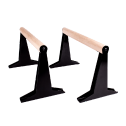
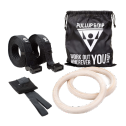

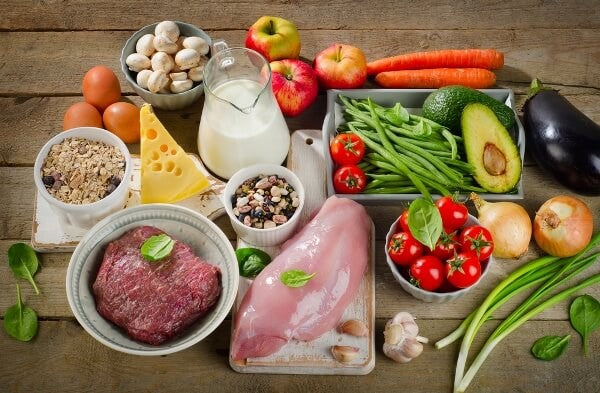

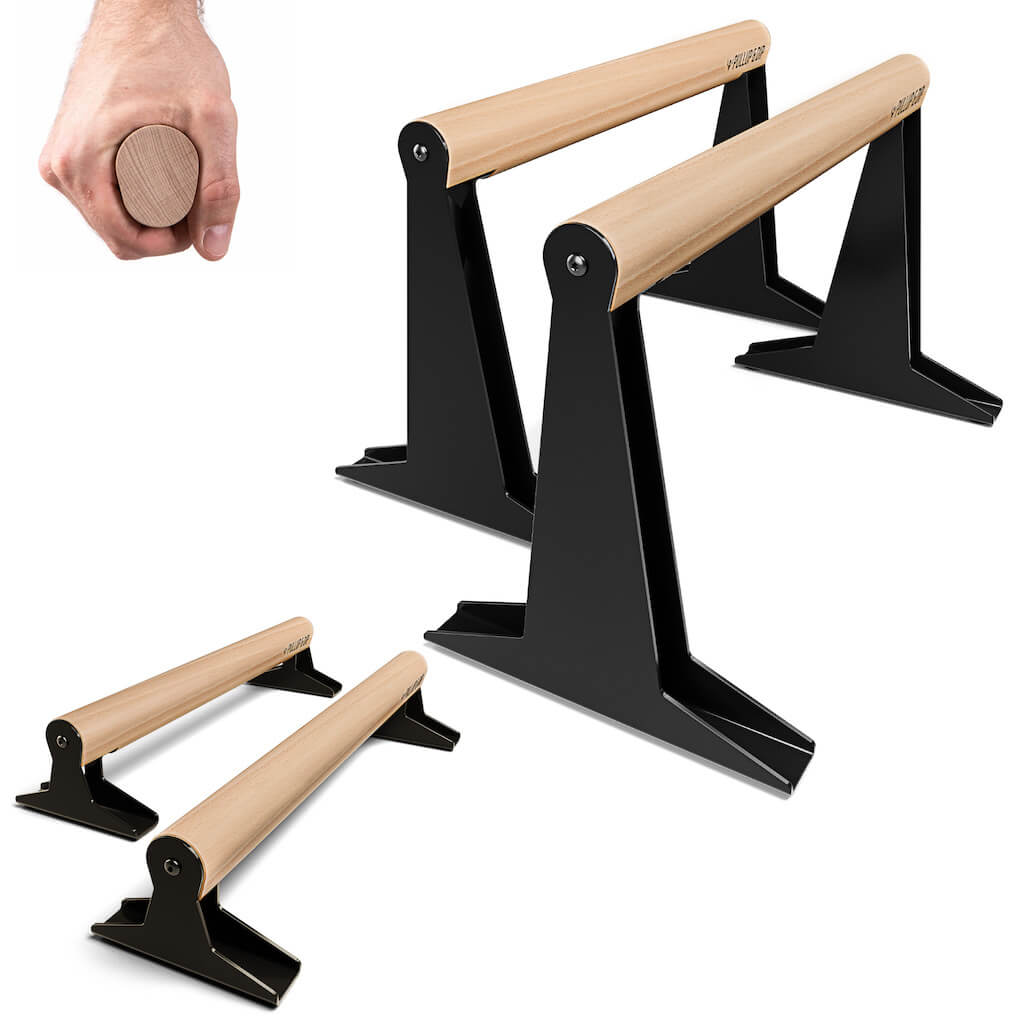

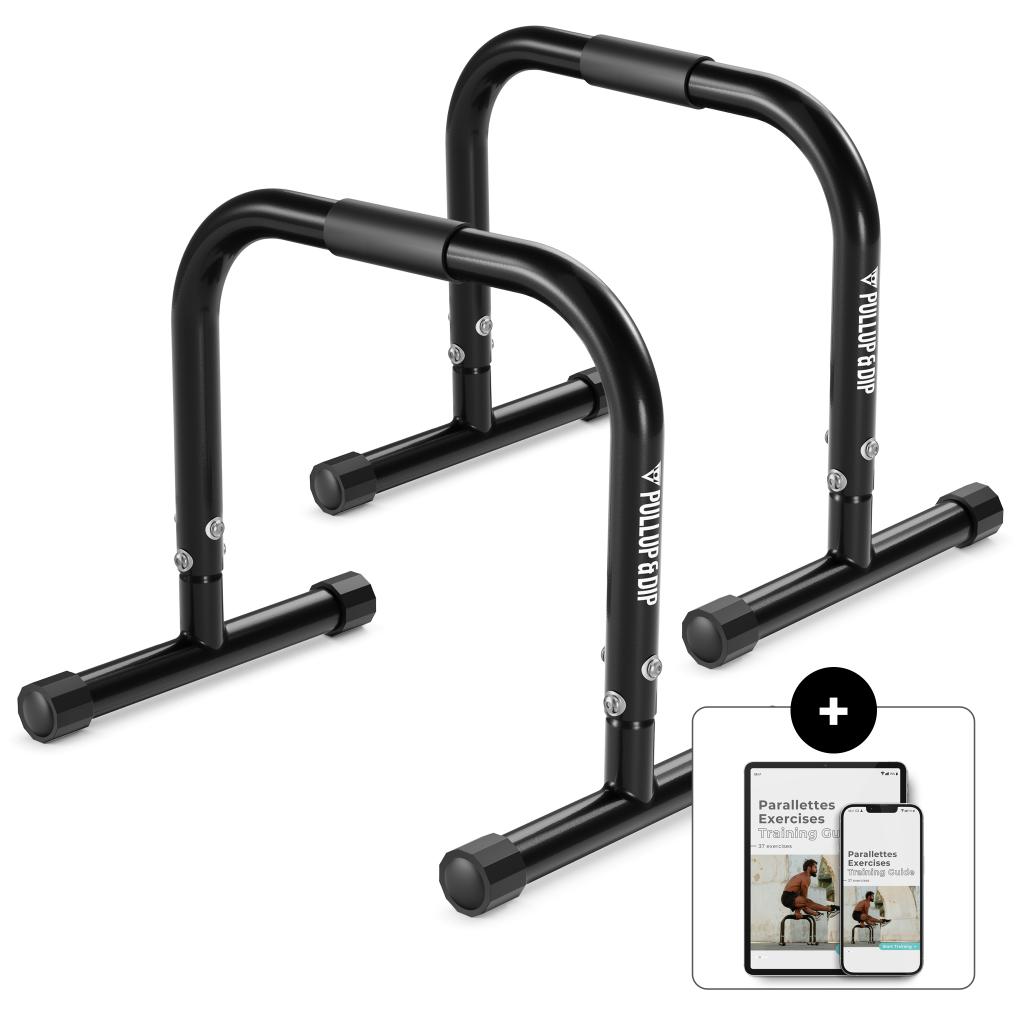
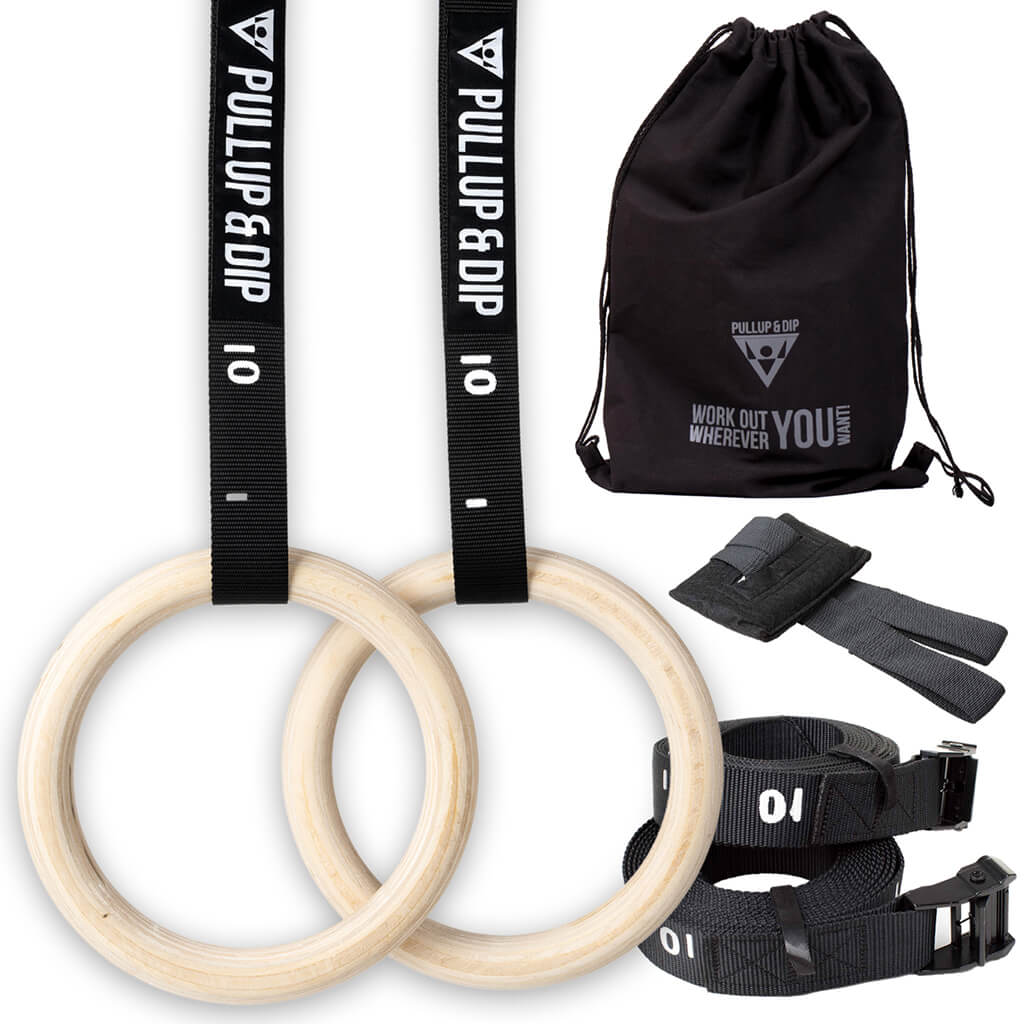
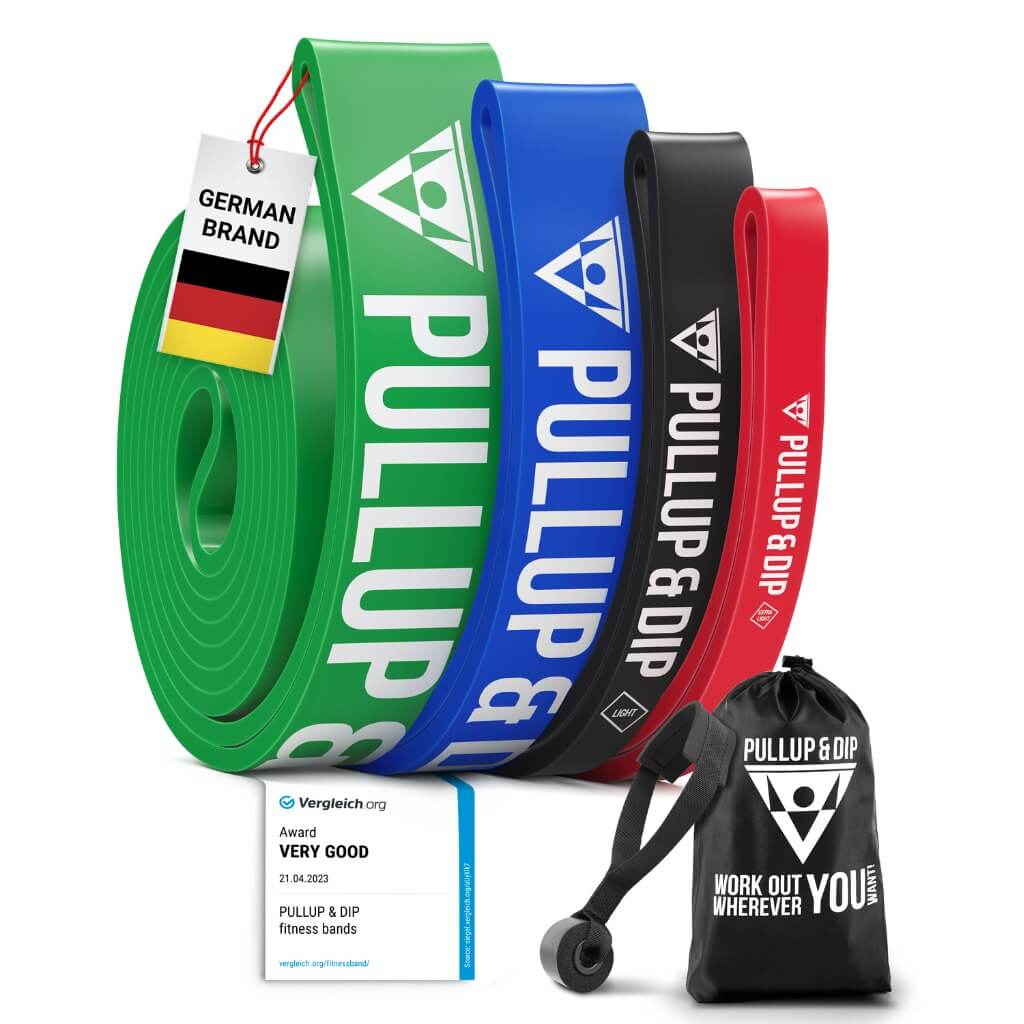



2 comments
Guilherme Martins
Excellent article
Excellent article
Aj
How should I start with calisthenics as in exercising / working out and my diet? I Need some help to get started!!
How should I start with calisthenics as in exercising / working out and my diet? I Need some help to get started!!